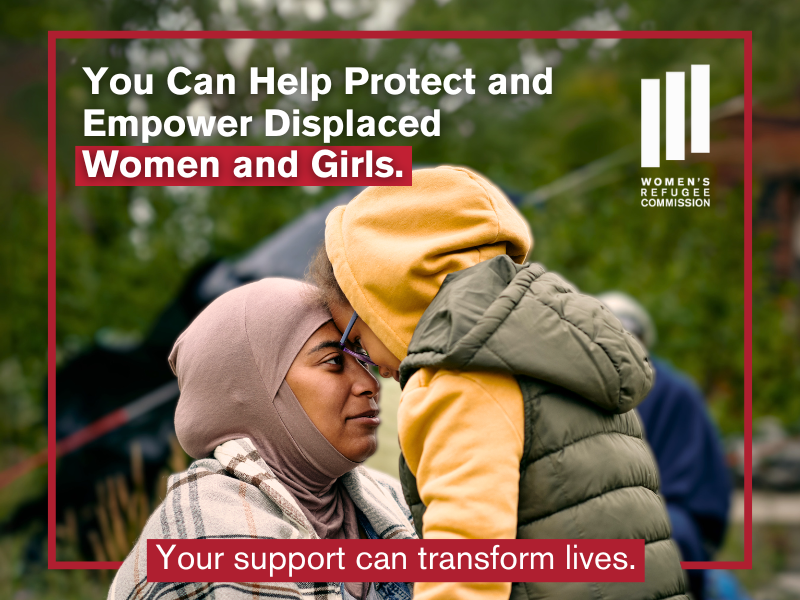Preventing gender-based violence: getting it right
Gender-based violence (GBV) remains epidemic in situations of conflict, disaster and displacement. Despite the rhetoric, the new language around GBV, the UN Security Council Resolutions and the myriad of guidelines, women and girls, and to a lesser extent men and boys, continue to be raped, abused and violated in these contexts. Much is known about the facts of GBV and how to respond. It is known, for example, that incidents of GBV escalate, often dramatically, during conflict and displacement. It is also known that 50% of survivors are under the age of 16,[1] and that women and girls with disabilities are 4–10 times more likely to be targeted by GBV as those without disabilities.[2] Humanitarian practitioners know how to set up healthcare responses and, to some extent, legal and psychosocial responses. Far less, however, is known about GBV prevention. How is it operationalised? How is existing guidance on lighting and separate latrines implemented? How are emergency responders held accountable for following globally agreed standards? How can the heightened and varied risks women and girls, in particular, face during conflict and displacement be mitigated?
Read the article by Dale Buscher, senior director for programs, in Humanitarian Exchange Magazine.


